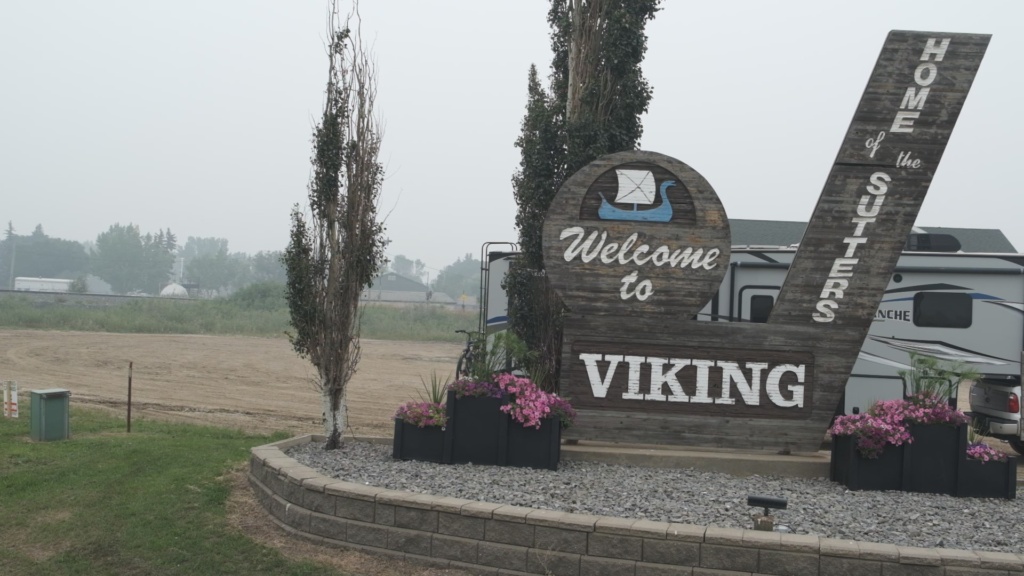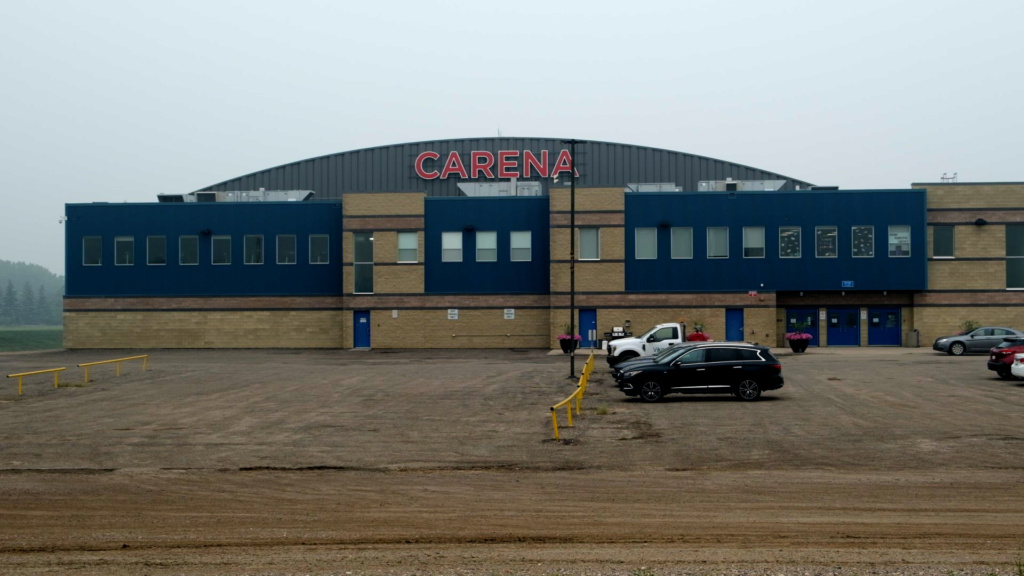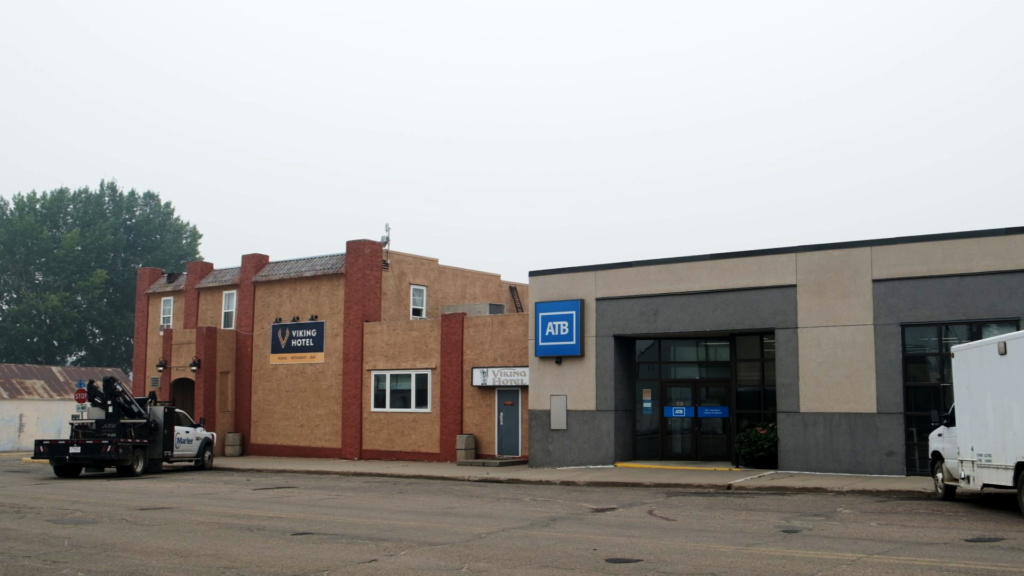
If you’re travelling through central Alberta, make sure to stop by Viking. This small town, located about 121 kilometers east of Edmonton, has a lot to offer. From its historical roots to its modern-day charm, Viking is a place where history and community come together seamlessly.
Viking’s story began in 1909 when Scandinavian settlers Sivert Hafso and Ole Sorenson arrived from Norway. They brought with them a strong work ethic and a sense of community that still defines Viking today. The town was named after the Scandinavian warriors, reflecting the settlers’ heritage and the spirit of resilience they carried with them.
Over the years, Viking grew from its agricultural beginnings into a thriving community. The early settlers worked hard to build a life here, and their efforts laid the foundation for the town’s development. Viking’s history is marked by both its challenges and its triumphs, making it a fascinating place to visit.
Viking’s Resilience

One significant event in Viking’s history was the fire that destroyed the community ice arena on July 7, 2005. This was a huge blow to the town, as the arena was a central hub for local activities. But Viking’s resilience shone through. The community came together to build a new facility, the Viking Carena Complex, which opened in August 2007. Today, this modern arena hosts hockey games, skating events, and community gatherings, proving that Viking’s spirit of togetherness and determination is stronger than ever.
Celebrating a Century
In 2009, Viking celebrated its centennial, marking 100 years of community life and growth. This milestone was a time for the town to reflect on its past and celebrate its achievements. The centennial was not just a look back at Viking’s history but also a celebration of the town’s future and the people who make it special.
A Glimpse into the Past

If you’re interested in Viking’s history, a visit to the Viking Museum is a must. The museum is housed in the town’s first hospital, which was built in 1921 and opened in 1922. Inside, you’ll find a range of artifacts and exhibits that tell the story of Viking’s early days. From pioneer tools to old photographs, the museum provides a detailed look at how the town has evolved over the years.
The museum’s grounds feature several historic buildings that have been moved to the site and restored. These include a 1938 church, a 1903 store and post office, a 1907 country school, and a 1914 farmhouse. Each building offers a glimpse into life in the early 20th century, showing how people lived and worked in Viking’s formative years.
What to Do in Viking
Beyond its historical attractions, Viking offers plenty of activities for visitors. The town’s friendly atmosphere makes it a pleasant place to explore. You can stroll through the streets, enjoy local shops and cafes, and experience the warmth of a close-knit community.
For those interested in outdoor activities, Viking’s surroundings provide beautiful scenery and opportunities for hiking and exploring. The town is set in a picturesque landscape that’s perfect for a relaxing day trip or a weekend getaway.
A Community with a Future
Viking is a town that values its past while looking forward to the future. It’s a place where history is preserved and celebrated, but also where modern life thrives. The town’s strong sense of community and its commitment to maintaining its heritage make it a unique and inviting destination.

Whether you’re passing through or planning a visit, Viking offers a chance to experience a piece of Alberta’s history and enjoy the hospitality of a town that truly cares about its people. From its historical sites to its modern amenities, Viking is a place where you can connect with both the past and the present.
So next time you’re in central Alberta, take a detour to Viking. You’ll find a town with a rich history, a vibrant community, and a warm welcome waiting for you.
